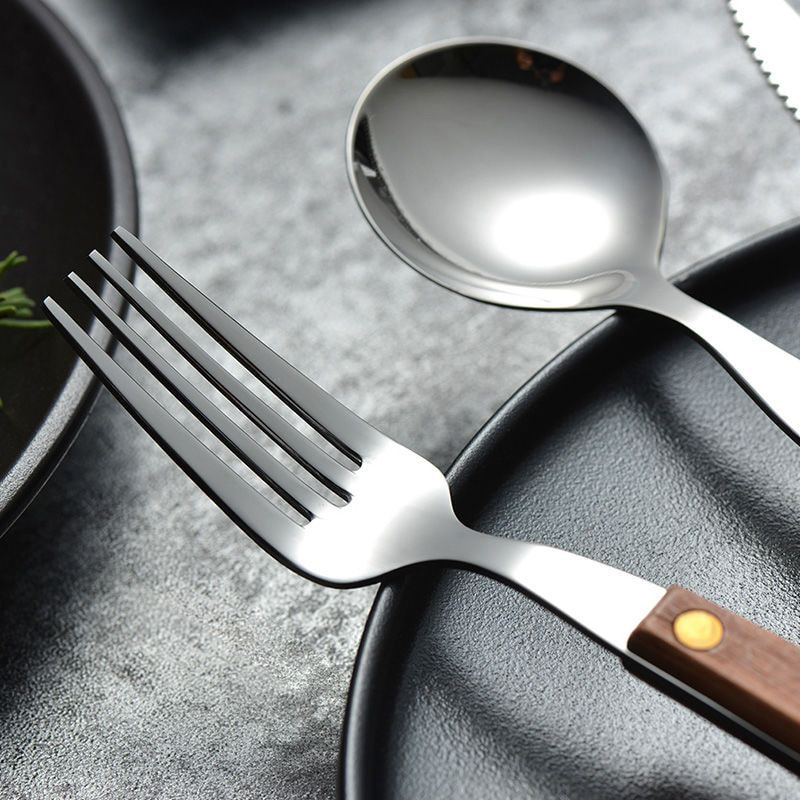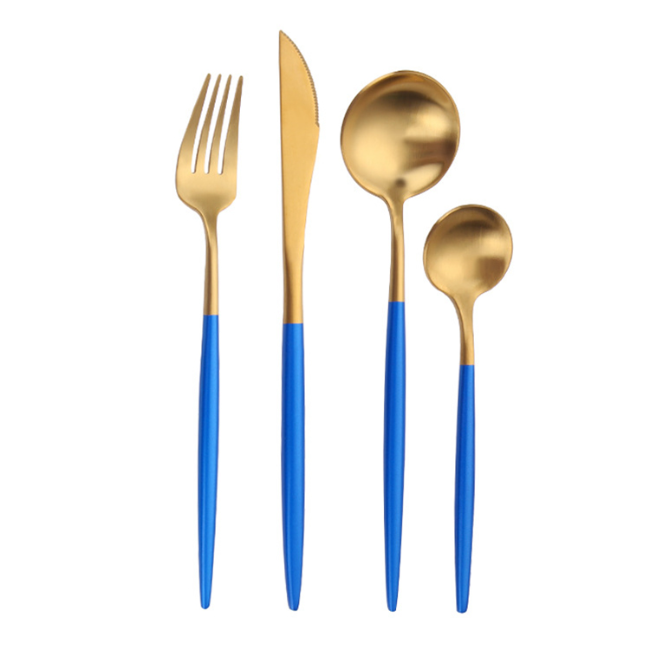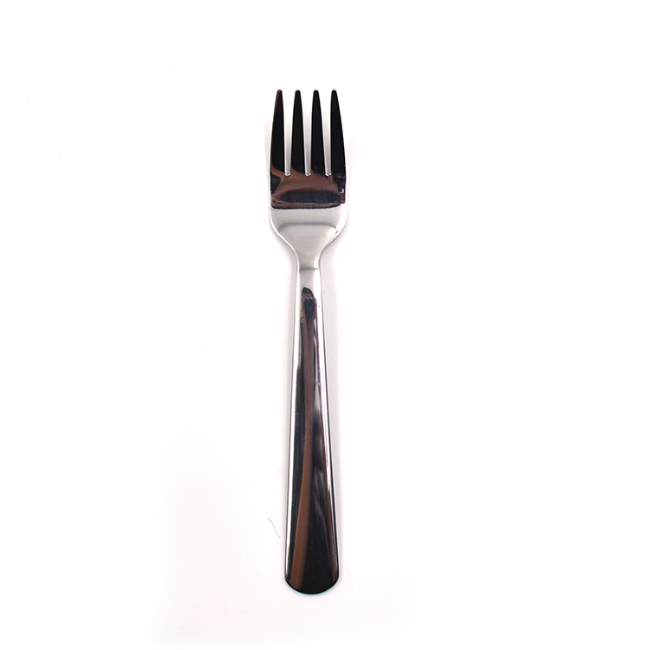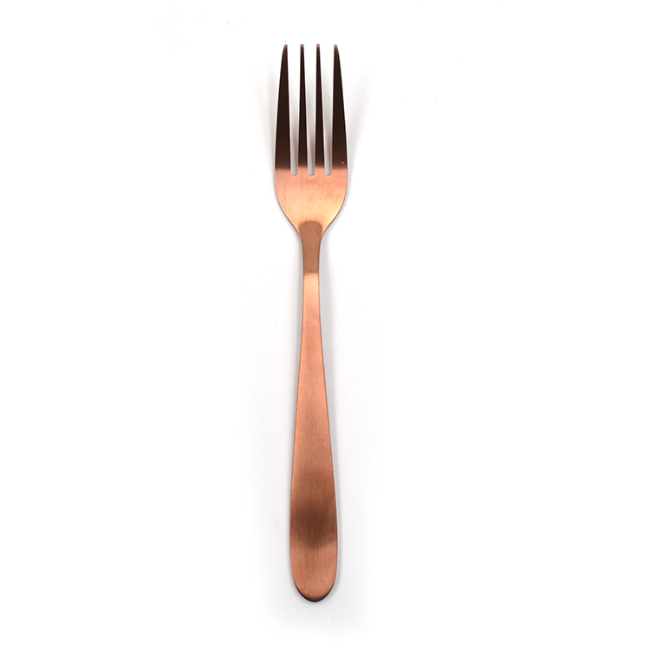
03 May
How to Stop Cutlery Going Rusty in Dishwasher
How to Stop Cutlery Going Rusty in Dishw...
How to Stop Cutlery Going Rusty in Dishwasher
It’s a frustrating sight: you open the dishwasher only to find your stainless steel cutlery marred by rust spots. Even high-quality brands, such as those in a heritage cutlery set, can be affected if care isn't taken. This is a common concern not just for households but also for commercial settings that use cutlery holders for restaurant tables. If you’ve invested in wooden cutlery inserts to organize your utensils, the last thing you want is for rust to compromise the aesthetics and functionality of your collection. Fortunately, with over three decades of manufacturing expertise, Homefelt offers practical solutions to stop your cutlery from going rusty in the dishwasher.
The first step in preventing rust is understanding what causes it. Despite being labeled “stainless,” stainless steel is not entirely immune to rust. Exposure to excessive moisture, oxygen, and salt can break down the protective chromium oxide layer on the surface, leading to corrosion. Dishwashers, with their high humidity and heat, create the perfect environment for this breakdown—especially if the cutlery isn’t promptly dried or is exposed to aggressive detergents.
One of the simplest preventative measures is rinsing off food residue before placing cutlery in the dishwasher. Acidic or salty foods like tomato sauce and soy sauce can accelerate rusting if left on the utensils during a long dishwasher cycle. This is especially important for commercial environments that make use of cutlery holders for restaurant tables, where cutlery may sit for extended periods before washing. Homefelt always emphasizes that proper pre-cleaning routines are as vital as the quality of the cutlery itself.
Another vital practice is ensuring that cutlery is not overcrowded in the dishwasher basket. When pieces are tightly packed together, they can rub against each other, creating small scratches that expose vulnerable metal underneath. Using well-spaced wooden cutlery inserts helps prevent this kind of surface damage and allows better water circulation, ensuring all parts are properly rinsed and dried.
Many people overlook the role of dishwasher detergent. Harsh detergents can erode the protective layer on stainless steel. Choose detergents labeled as “cutlery safe” and avoid using excessive amounts. Also, never mix different metals in the same dishwasher load—aluminum and silver, for instance, can create an electrochemical reaction that causes rust. Whether you’re maintaining a family’s heritage cutlery set or a restaurant’s daily stock, proper segregation is key to longevity.
Drying is another crucial factor. Most rust issues occur when cutlery is left in a humid environment after the dishwasher cycle ends. Open the dishwasher door slightly after the wash to allow steam to escape, or use the heated dry function if available. Even better, hand-dry your cutlery with a soft cloth as soon as the cycle finishes. This small extra step makes a significant difference, especially for businesses using cutlery holders for restaurant tables where presentation matters.
The material and finish of your cutlery also play a role. Products from Homefelt undergo advanced rust-resistant treatment, making them ideal for dishwasher use. The factory employs polishing and surface passivation technologies to enhance corrosion resistance, ensuring that even with repeated exposure to water and detergent, the integrity of the cutlery remains intact.
For people who prefer a more traditional look, wooden cutlery inserts provide a stylish and functional storage solution. They absorb some of the ambient moisture, helping to keep utensils dry and rust-free. Pairing these inserts with quality stainless steel items from Homefelt ensures both aesthetic appeal and long-term performance.
Regular maintenance is also essential. Once a month, soak the cutlery in a mixture of baking soda and warm water to neutralize any lingering acidic residues. For extra protection, lightly coat the utensils with a food-safe mineral oil after drying. This adds a protective layer and restores the shine, especially beneficial for treasured items like a heritage cutlery set.
In conclusion, preventing rust on stainless steel cutlery in the dishwasher is a matter of good practices and quality materials. With thoughtful placement, the right cleaning products, and proactive drying, you can keep your utensils in top condition. Homefelt, with over 30 years of experience in stainless steel craftsmanship, provides cutlery that resists corrosion, maintains luster, and elevates kitchen standards across both home and hospitality sectors.





